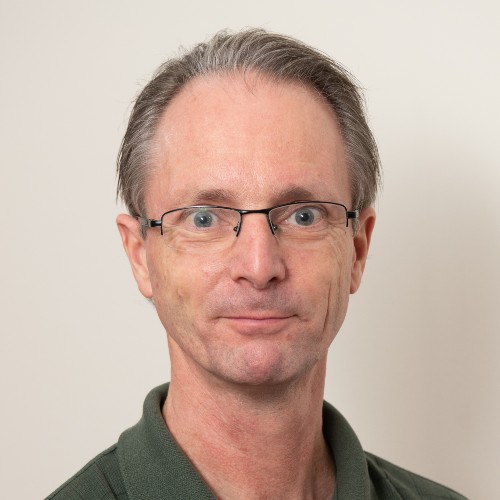High-field magnets
Our capability with high-field magnets can support researchers and partners to overcome their challenges and find real world applications.
When developing magnets that go beyond what has been done before, a partner with the right expertise is invaluable. At Paihau—Robinson Research Institute, we cover the entire range from material characterisation to taking the system view when developing new magnets.
The science
There is large demand for high-field magnets worldwide, with applications ranging from forefront studies in quantum mechanics to use in nuclear fusion and magnetic resonance magnets.
We have a broad capability in the characterisation of superconducting materials. Our coil technology portfolio includes HTS and LTS windings—using insulated conductor or with engineered resistivity between turns—and high-current cables. And we have a track record of engineering and building complete superconductor systems that work. These are exactly the skills and expertise that are required to overcome the challenges in the development of high-field magnets.
To fully understand a magnet, you need to understand all the materials that go into the magnet and how the magnet fits into the larger system.

Dr Huub Weijers
Impact and potential
Our core mission is to develop technology with our partners and commercialise it. It is an unusual approach, especially when applied to high-field magnets. Other institutes across the world have experience in developing such magnets, but they are focused on their own goals to create new science or chase records in magnetic fields. As such, there is little downtime for these resources to be used by external researchers or companies.
We aim to provide support to researchers and partners to help overcome some of the challenges associated with high-field magnets and find successful ways to apply them in the real world.

